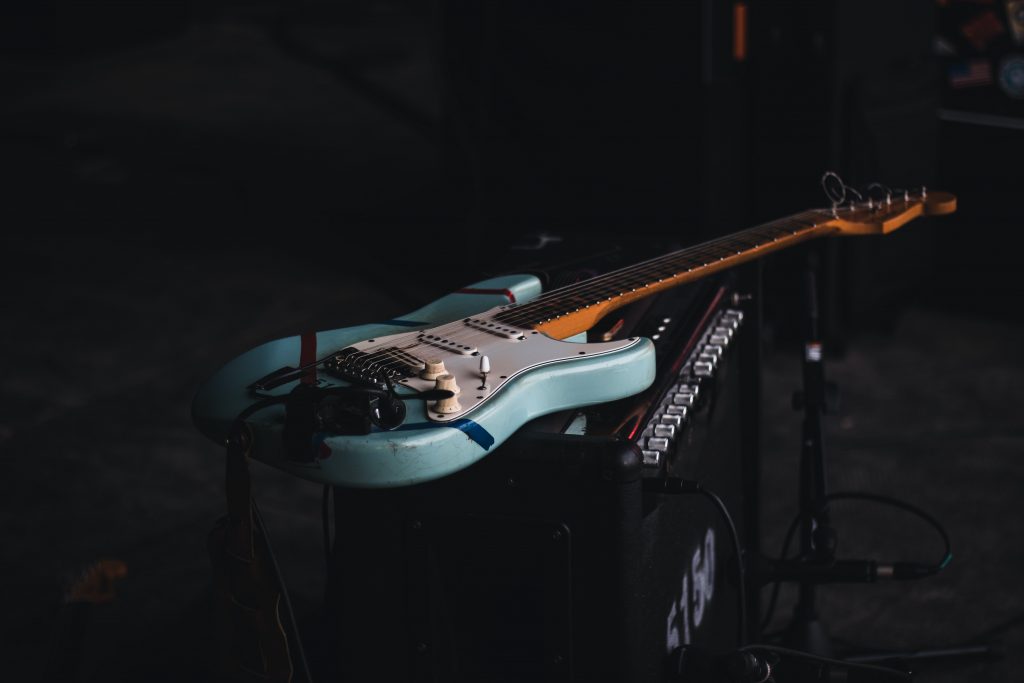The History
Students studied and memorised the works of “authorities,” such as exemplars of grammar, rhetoric, and logic. These authors and thinkers, like constellations in the night sky of ignorance, showed the path to wisdom through their excellence. The technique may have fallen out of favour in modern pedagogy, but it lives on in popular culture, and Rick Beato, a producer and musician, uses it to teach the history of the guitar in the videos below.
He lists guitar players from 1929 to 1969 who “any serious guitarist should remember” in the episode above, and he does the same for the 1970s in the episode below. According to Beato, these guitarists exemplify Classical, Blues, Jazz, Country, and Rock & Roll guitar, and yes, he realises he probably left off some of your favourites, so feel free to list them in the comments.
Beato mentions a number of well-known guitarists as well as a number of others you may not be familiar with. His quick introduction is likely to encourage guitarists to learn as much as they can from these guitar masters, broadening both their historical experience and technique. He promises that he will make more videos like this in the future, each one focusing on a different decade. Who will Beato name as the most prominent musicians of the 1980s, 1990s, and early 2000s? To find out, subscribe to his YouTube channel.
The Gibson ES-330 has a long and illustrious past.
Gibson’s premier double-cutaway thinline hollowbody electric archtops, the ES-330T and ES-330TD, were introduced in 1959 and represent decades of creativity as Gibson’s premier single-cutaway thinline hollowbody electric archtops.
The ES-330 can be traced back to 1936, when Gibson released their first Electric Spanish (ES) archtop guitar, the ES-150, a jazzbox with a single-coil “blade” pickup (also known as a “Charlie Christian” pickup).
The ES-150 was followed by the ES-100 (renamed the ES-125 in 1941), a less expensive alternative, in 1938, and the top-of-the-range ES-250 in 1939. (soon replaced, in 1940, by the ES-300).
The initial response to Gibson’s new Electric Spanish guitar line has been positive. The electric guitar was beginning to find its identity as a lead instrument during this period, and cutting-edge players like Charlie Christian were gradually stepping out of the shadows of the rhythm section and into the spotlight of centre stage.
However, further developments in the field of electric guitars were briefly halted by World War II, and manufacturing ceased over the next several years. After being purchased by distributors Chicago Musical Instruments (CMI) in 1944, Gibson was under new ownership by the end of the war, and with a fresh infusion of cash, development of the ES range resumed in earnest, though with some significant design changes and enhancements.
By 1946, Gibson’s ES range had been updated to include the ES-125, ES-150, and ES-300, with the ES-350 Premier, Gibson’s first standard production Venetian/rounded cutaway electric model, debuting in 1947.
The laminate body style is used on this ES line of guitars. This was considered a more cost-effective and practical approach at the time (in comparison to the solid construction of the pre-war ES range) and set the standard for future ES development.
The ES-300 and ES-350 were upgraded with dual P-90s, Gibson’s classic single-coil pickups, in late 1948, marking yet another step forward for the company’s ES line.

